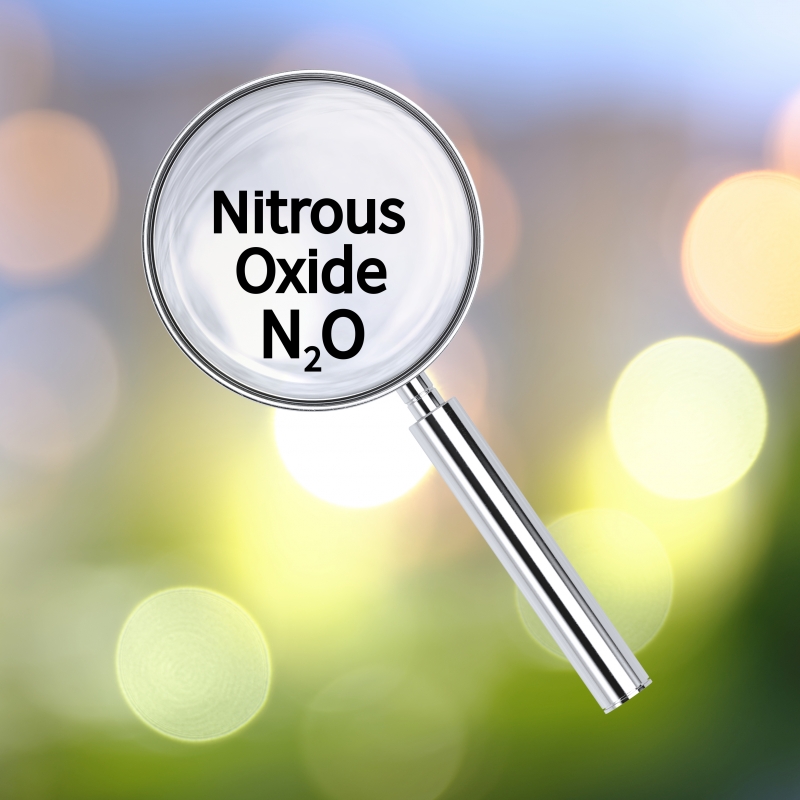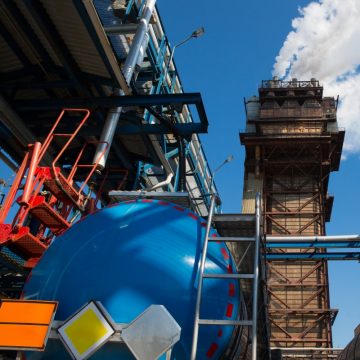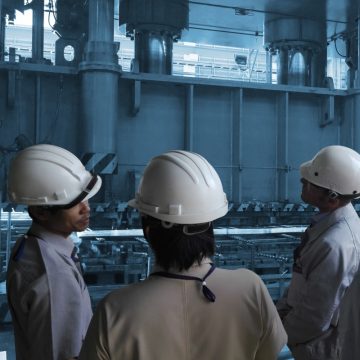NACAG – Nitric Acid Climate Action Group
NACAG is a global initiative that seeks to reduce nitrous oxide (N2O) emissions in the production of nitric acid process. The proposal offers advice to governments and national producers, regarding emissions abatement technology and public regulation policies in the sector. It also offers financial support for the purchase and installation of abatement technology and for N2O monitoring equipment. This support is available only for countries that are eligible for official development assistance (ODA) and that adhere to the initiative.
Context
During COP21, in 2015 in Paris, the German Federal Ministry for the Environment, Nature Conservation and Nuclear Safety (BMU) announced the creation of the Nitric Acid Climate Action Group (NACAG), with the aim of encouraging the installation of N2O abatement technology in the nitric acid global sector. In this context, NACAG intends to mitigate N2O emissions from the production of nitric acid and incorporate these reductions to the Nationally Determined Contributions compliance by countries adhering to the initiative.
The focus of the NACAG initiative is aligned with the Paris Agreement framework, as the German government will provide climate financing, while the partner countries are encouraged to take responsibility for reducing emissions in the future.
As a global action group, NACAG is open for all countries to join, either as a partner country or as a donor.
Why the nitric acid sector?
Nitric acid is an important product for the chemical industry, since it is used for the production of artificial fertilizers based on nitrogen. However, its manufacturing process emits N2O, a powerful greenhouse gas with a global warming potential 265 times higher than carbon dioxide (CO2).
Although emission abatement technologies are available at a comparatively low cost, the N2O generated in the production of nitric acid continues to be emitted into the atmosphere in most countries of the world. This is mainly due to the fact that producers do not have adequate incentives to make investment in mitigation technologies, since these technologies do not represent a competitive advantage. Added to this is the lack of mechanisms for regulating emissions in this sector almost globally.
The production of nitric acid globally is carried out in a relatively centralized manner, with approximately 580 industrial plants, in charge of producing 6.5 Mt .of nitric acid per year. Most of these producers operate in developed countries, which are not eligible to receive financing from NACAG, and where a legislation to regulate N2O emissions in the sector is already in place.
In this sense, the reduction of N2O emissions in the production of nitric acid will contribute to the fulfillment of the goals established by the Paris Agreement, to maintain the global temperature below 2 °C on pre-industrial levels. It is estimated that the nitric acid sector in developing countries has a mitigation potential of approximately 200 Mt of CO2 eq.
Financing
NACAG offers financial support for the reduction of nitrous oxide emissions from nitric acid plants located in countries eligible for Official Development Assistance (ODA). Both existing N2O reduction projects and completely new projects can be financed. NACAG provides financial support to operators of individual nitric acid plants for their reduction activities, provided that the country in which the plant is located is committed to maintaining the reduction of emissions after 2020.
Two financing mechanisms are available. The mechanism I provides operators of nitric acid plants with subsidies that cover the costs of investment, maintenance and monitoring of the reduction technology. In mechanism II NACAG, in cooperation with the World Bank, offers to buy emissions credits generated from N2O reduction projects, at prices determined by specifically designed auctions.
Technical support
The NACAG Secretariat is providing technical support to all interested parties who wish to participate in the reduction of nitrous oxide emissions from the production of nitric acid. The initiative provides plant operators with specific and customized advice regarding the most appropriate reduction technology, its installation and operation, as well as operational requirements to monitor emission reductions.
In addition, the NACAG Secretariat advises governments on mechanisms for the regulation of nitrous oxide emissions. According to the Paris Agreement, all countries must formulate, present and periodically review their climate change mitigation activities and objectives in the form of Nationally Determined Contributions (NDCs). The objective of NACAG is for all countries to include the reduction of nitrous oxide emissions in their NDCs and to put in place effective mechanisms to guarantee the reduction of long-term emissions.
How to join NACAG?
The initiative is open to all actors, including governments, institutions and representatives of the private sector, who wish to support the goal of reducing nitric oxide emissions from nitric acid production in a sustainable manner.
In addition, governments are invited to sign the Declaration of Commitment and, therefore, to formally join NACAG. This document covers the commitment to permanently mitigate nitrous oxide emissions from nitric acid plants as of 2021.
Plant operators based in countries that have joined NACAG can apply for grants by completing and signing the Grant Application. If the application is successful, the plant operators can receive technical advice and financial support to install and operate the reduction technology.
For more information about NACAG visit: http://www.nitricacidaction.org/



